 Dear Students and Families,
Dear Students and Families,
Welcome to your grade 4 or grade 5 year! I’m happy to be working with you this school year, and I’m looking forward to getting to know everyone. Here are a few things to know as we start off:
Arriving and Leaving School
Division 5 will be entering and exiting at the side door near the community entrance. I will put a sign in the window for “Division 5.” If you need to pick up your child early or there is an appointment that will delay their arrival to school, please send me an email as a heads up, and sign in/out your child at the office.
Planners
Students will be bringing home a temporary planner for now. We will write in the planners each day, and the students should be taking the initiative to share their planner with you at home. They should be prepared to answer any questions you have about what they have written. We will be working on recording information clearly and concisely, ensuring we include enough detail to be understood. Your child will bring you a pen to sign their planner, and it is their responsibility to ensure their planner travels to and from school with them each day.
Our class keeps an online planner board linked in the menu of this website, so feel free to cross-reference it at home.
School Supplies
We are hoping that all students have their supplies by the end of this week. Please find the grade 4/5 supplies list linked here. Tip: if you have a big box of pencils, for example, it’s a good idea to only send a few to school and keep a stash at home (so they don’t all end up in the lost and found box).
More information will come along as needed once schedules and routines become established. Feel free to send me an email if you have any questions.
Chat soon 🙂
Ms. Coutts
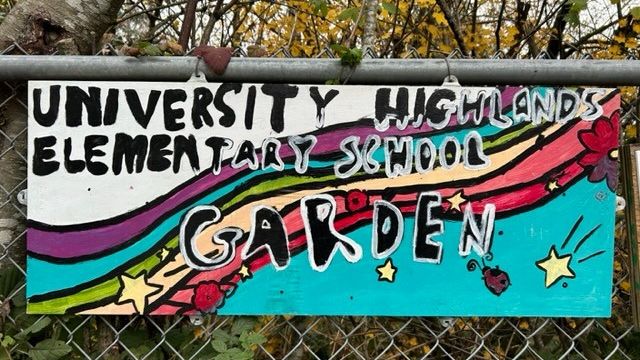
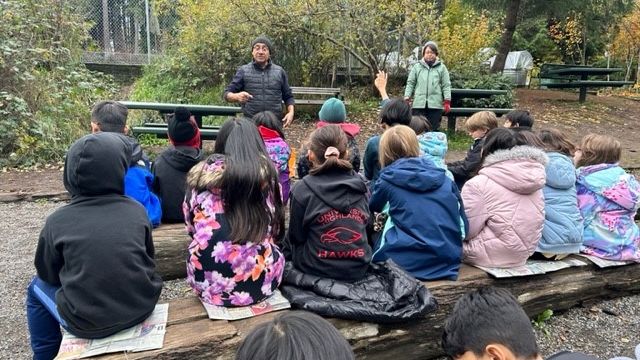
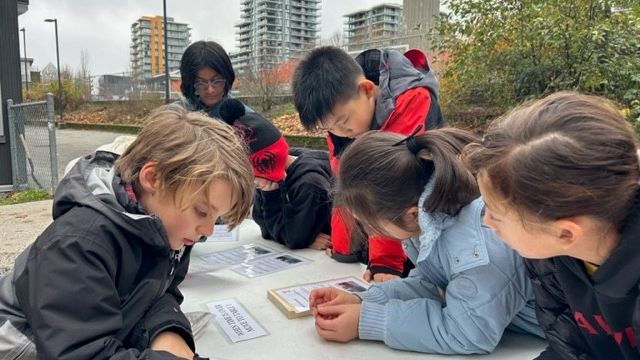
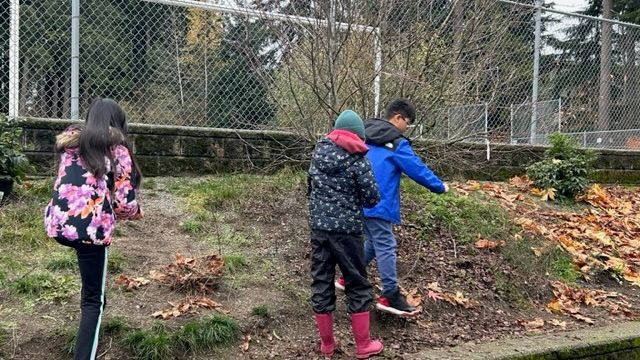
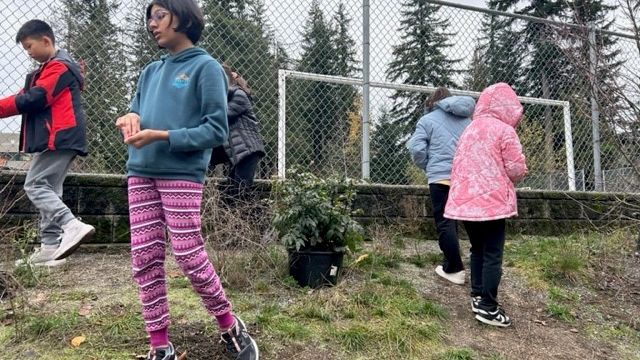
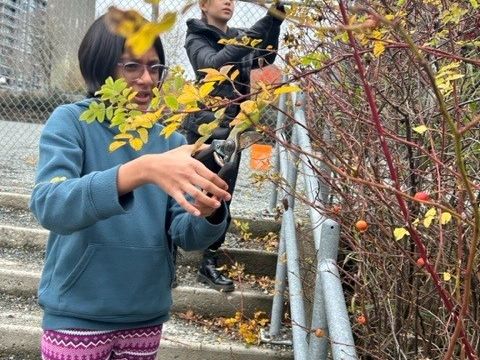
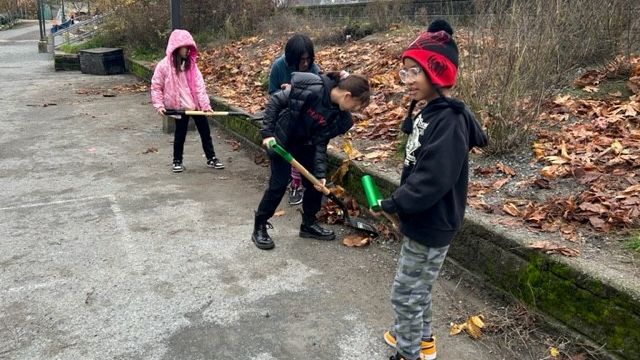
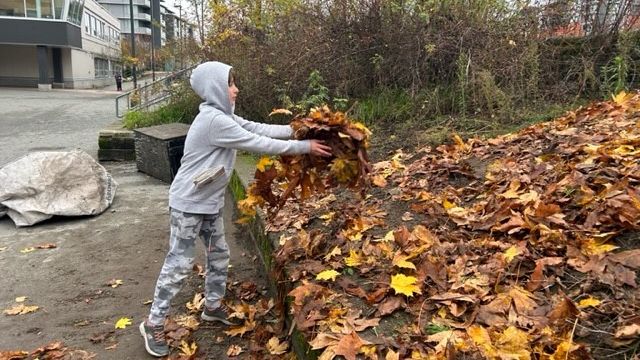
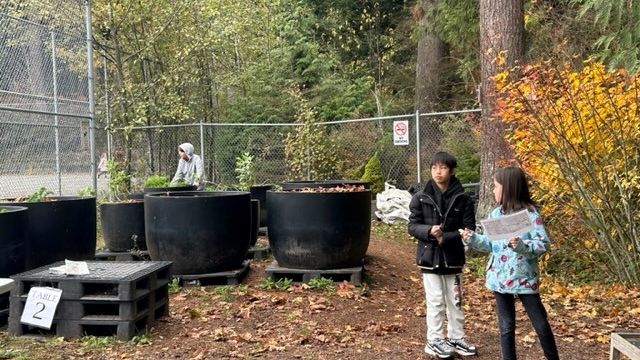
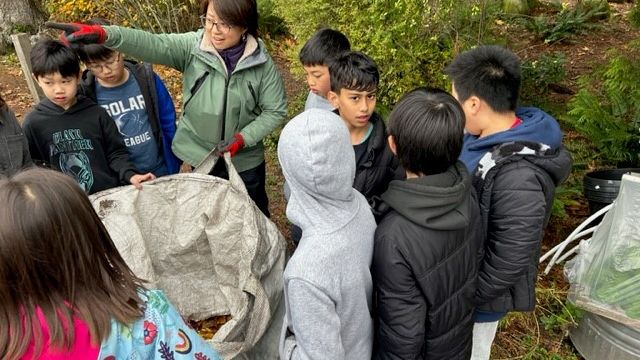
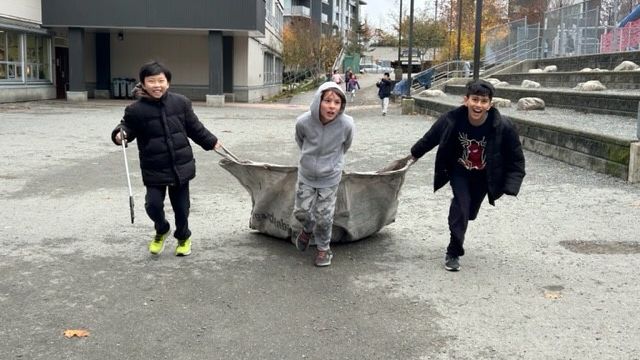
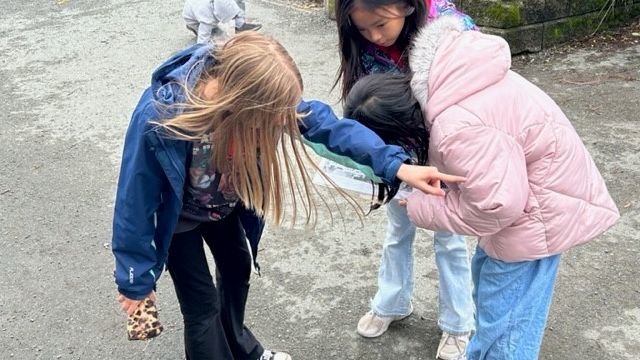
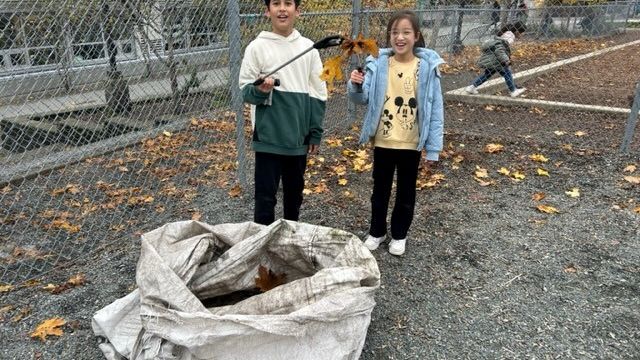
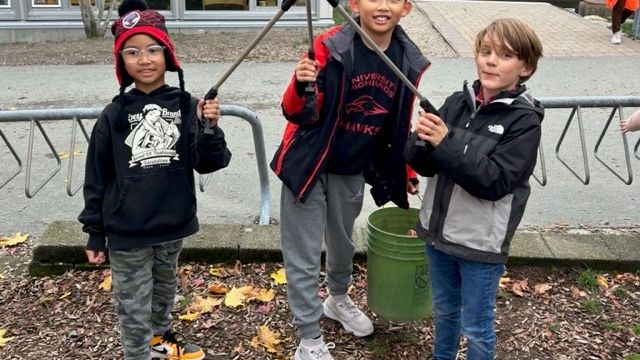
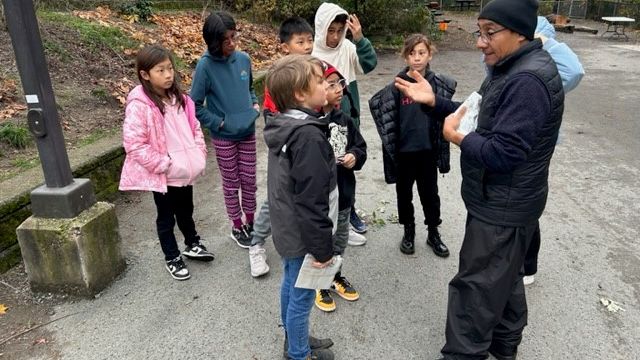
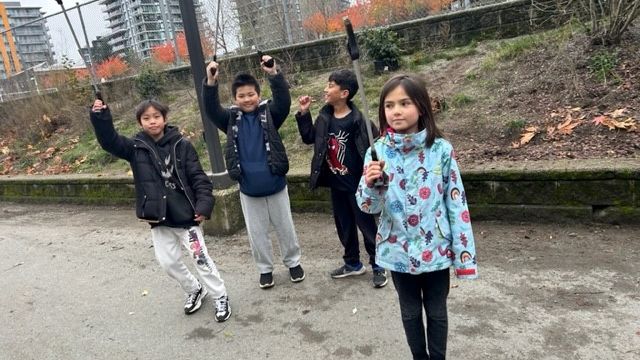
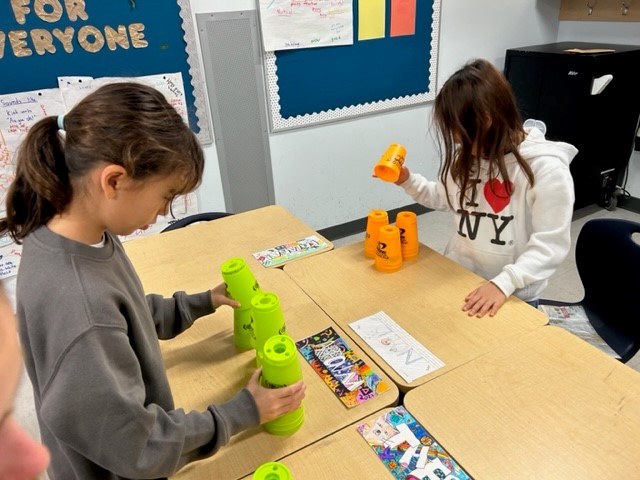 Sine the beginning of the year, Division 5 has been working on their Speed Stacking skills. It is a relatively new sport that is based on… that’s right… stacking cups!
Sine the beginning of the year, Division 5 has been working on their Speed Stacking skills. It is a relatively new sport that is based on… that’s right… stacking cups! Just as with any sport, there are particular rules that guide speed stacking. Division 5 has been learning these rules, and developing their muscle memory by learning the Competition Cycle (3-6-3, 6-6, 1-10-1). One of the rules of cup stacking is that the player must use alternating hands in order to set up each cycle of cups–this action of alternating hands actually strengthen the right and left brain connection. There are also competition events such as partner stacking where each person performs the actions of either the right or the left hand.
Just as with any sport, there are particular rules that guide speed stacking. Division 5 has been learning these rules, and developing their muscle memory by learning the Competition Cycle (3-6-3, 6-6, 1-10-1). One of the rules of cup stacking is that the player must use alternating hands in order to set up each cycle of cups–this action of alternating hands actually strengthen the right and left brain connection. There are also competition events such as partner stacking where each person performs the actions of either the right or the left hand.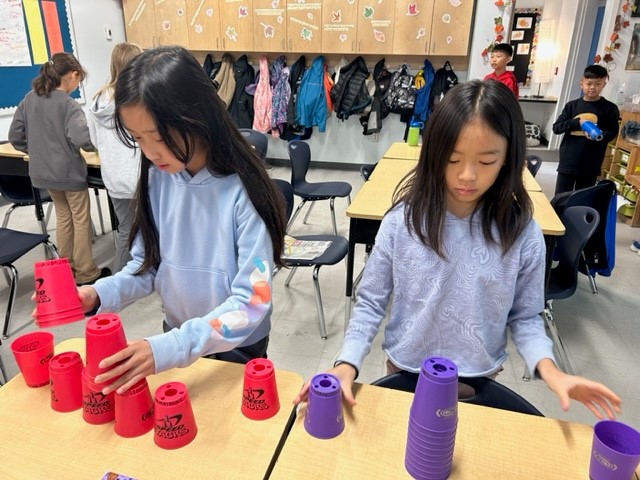 Division 5 has been focused on learning the cycle carefully to avoid fumbles and falls. Once students are familiar and fluent with the cycle, they will be developing their speed! It’s important to start with the fundamentals of a sport before adding in speed and power.
Division 5 has been focused on learning the cycle carefully to avoid fumbles and falls. Once students are familiar and fluent with the cycle, they will be developing their speed! It’s important to start with the fundamentals of a sport before adding in speed and power.

 At this time of year our subject of choice is the beautiful leaves around us. The colours are so vibrant, and the shapes and textures are varied. Each student chose a leaf they liked, and set to work sketching the shape. They had to pay attention to small details like a bit of the leaf that was torn or missing, the shape of the stem, and if the leaf had points or texture around the edge.
At this time of year our subject of choice is the beautiful leaves around us. The colours are so vibrant, and the shapes and textures are varied. Each student chose a leaf they liked, and set to work sketching the shape. They had to pay attention to small details like a bit of the leaf that was torn or missing, the shape of the stem, and if the leaf had points or texture around the edge.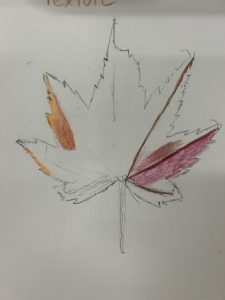
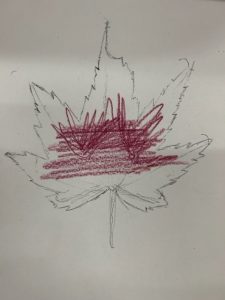























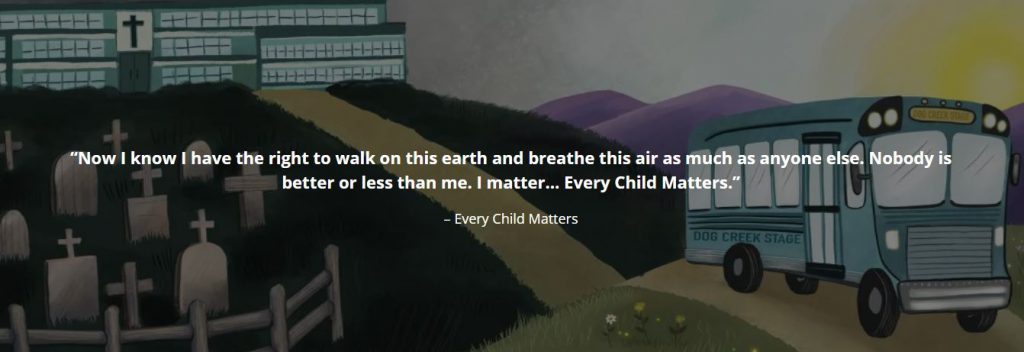
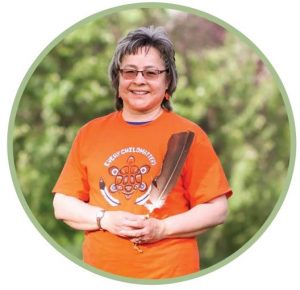
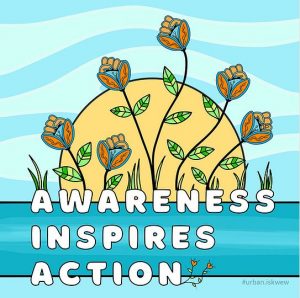
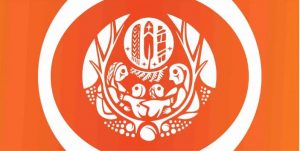
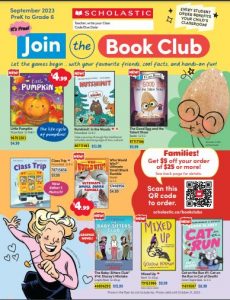
 Dear Students and Families,
Dear Students and Families,